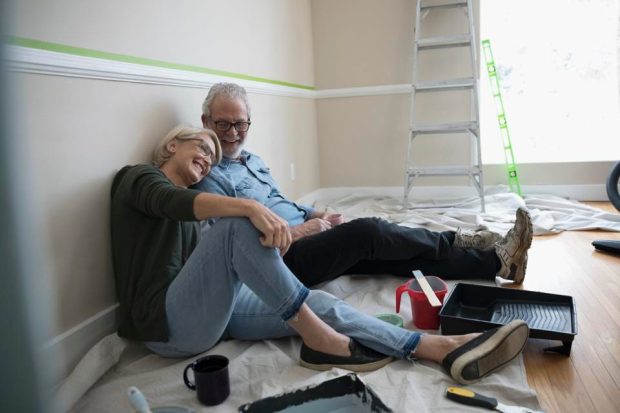What are the Best Home Improvements During Your Retirement?
Renovating your home during retirement can be a viable way of optimising the value in your home even as the housing market turns against you, while allowing you to create a living space that you love going forward. With this in mind, what is the best way to renovate your home in retirement and how can you do it?


Should You Renovate in Retirement?
In addition to providing you with a rewarding and challenging project to manage during your retirement, renovating your home can also generate a significant financial return in some instances.
This is certainly a good idea if you have a large chunk of disposable cash, or can access lump sum payouts through investment or home equity vehicles.
For example, if you’re aged 55 or over you may be able access such funds through an equity release mortgage, which unlocks any remaining equity in your home in the form of a lump sum of cash.
In this case, you can leverage your windfall to improve the size, layout and value of your home, optimising its resale price and potentially offsetting any adverse market conditions.
What Renovations are the Best?
Ultimately, there are many different types of renovation that you can carry out on your home, but some are considerably more appealing than others.
For example, modifications that add more space to your home will always add value, especially if you can create an additional bedroom, bathroom or reception room. Of course, this will also create a more spacious living environment for you to enjoy until the time comes to sell.
In this respect, adding an extension or conservatory (we’ll have more on these modifications below) are viable options regardless of your ultimate aim, whether you want to create a dream retirement home or sell the property and potential downsize.
If you intend to remain in the property, you could also consider carrying out improvements that optimise accessibility. Such changes will make it far easier to get around the home in your later years, especially if your mobility is impaired in one way or another.
Renovate or Redesign?
As we’ve already touched on, not all renovations are created equal, either in terms of their cost or the value that they’re able to add to your home.
For example, a typical extension will set you back around £19,750, while generating a return on investment (ROI) of approximately 71%. Conversely, a conservatory may only cost some £5,300 to erect, while delivering an average profit of £5,750 and an ROI of 108%.
Interestingly, other modifications such as adding a new kitchen or bathroom deliver a typical ROI of less than 50%, but they may create a more desirable and accessible living space for you to enjoy if you intend to remain in the property.
On a similar note, those of you who intend to keep the house may also want to consider whether costly modifications are necessary. More specifically, you may find greater value in simply redesigning your home’s interior and giving it a fresh lick of paint, while laying brand new carpets or flooring and buying new furniture.
This is far less expensive than carrying out structural renovations, while it can still have the desired effect over time.